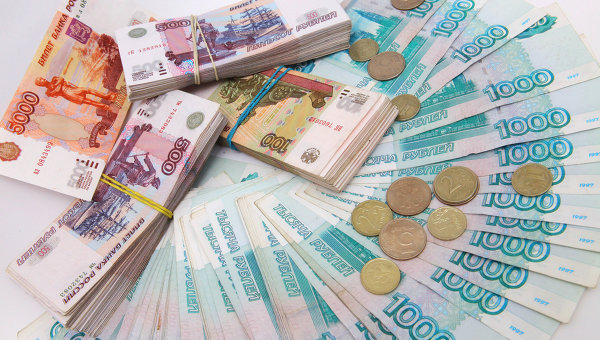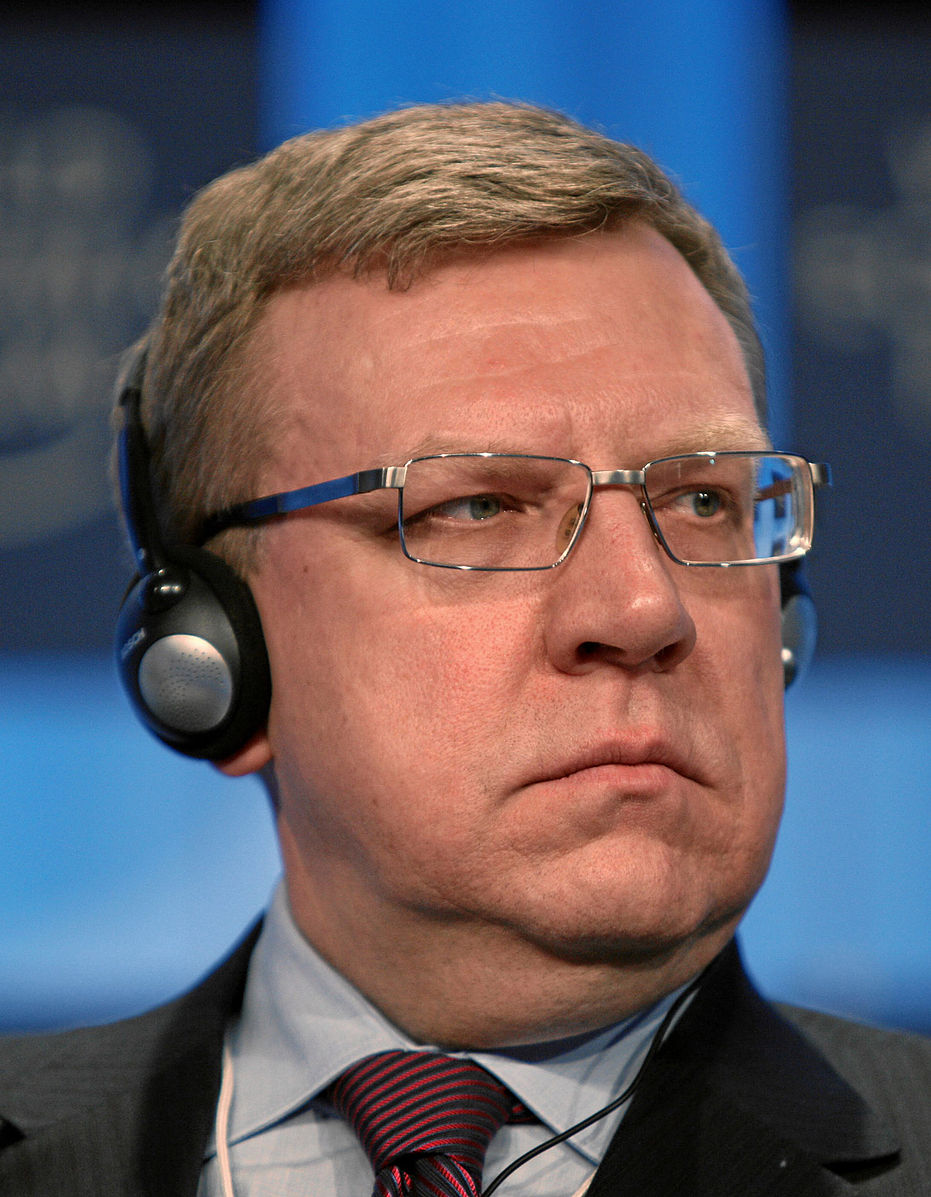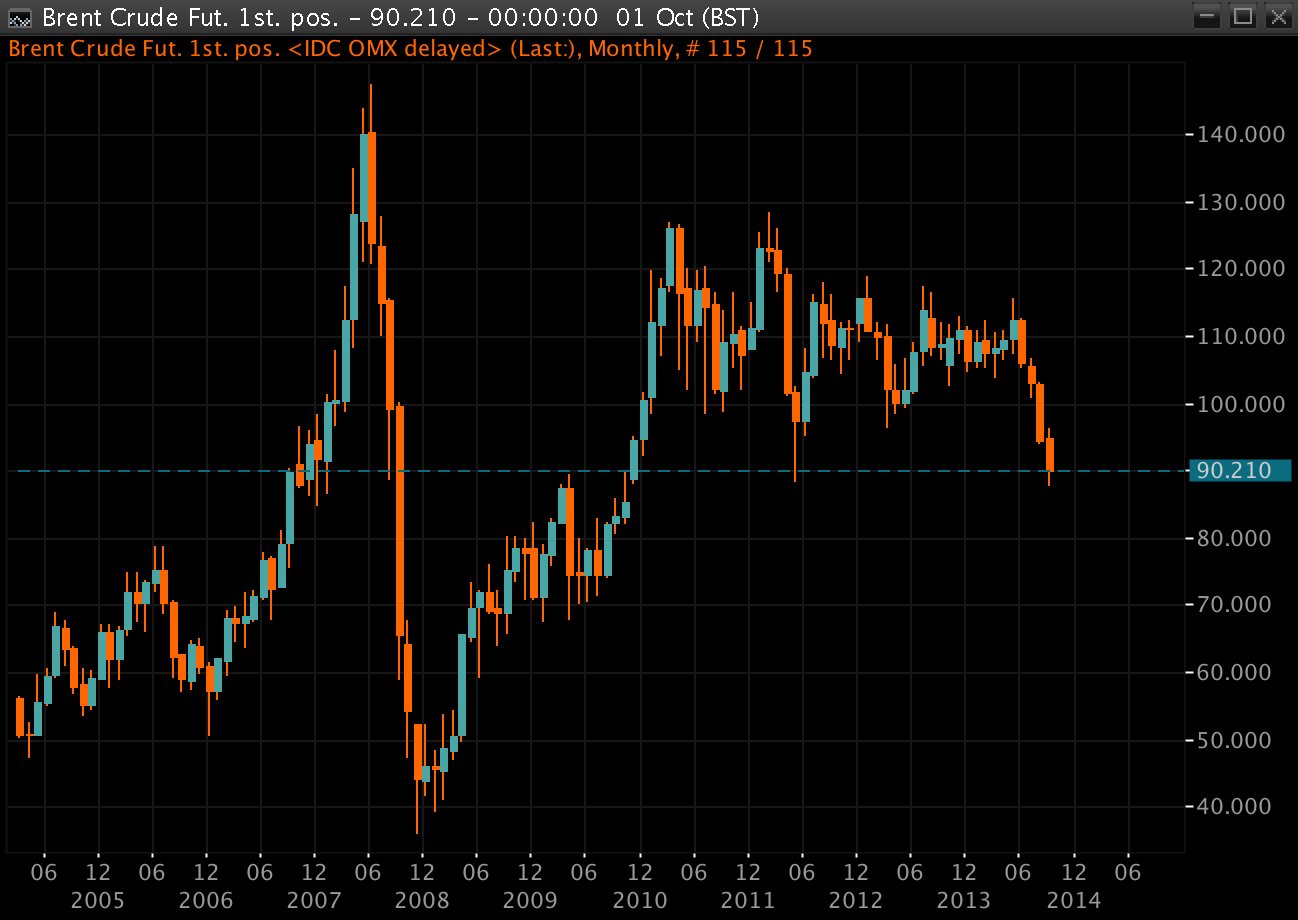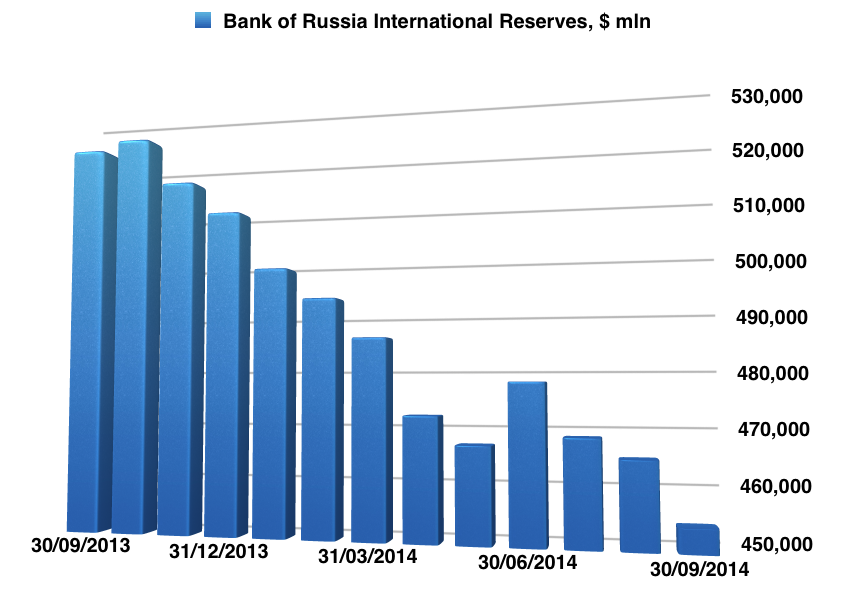
One of the key presidential advisors of Russian President Vladimir Putin, Sergey Glazyev has voiced his opinion that the Russian central bank (Bank of Russia) has to peg the Russian ruble’s Exchange rate for some time in order to combat inflationary pressures. Mr. Glazyev stated that the central bank had enough reserves to maintain a currency peg for an unlimited amount of time as long as the level is “reasonable”.
“In my view, the best way to fight inflation and to secure a stable macroeconomic environment is to peg the Russian ruble exchange rate and keep it for the foreseeable future, without any pre-commitment,” he said at a meeting of the countries which constitute the Eurasian Economic Union (Belarus, Kazakhstan and Russia).

Former Russian Finance Minister (2000 - 2011), Alexey Kudrin
Former Finance Minister, Alexey Kudrin, reacted to the announcement on his official Twitter account, saying, “There will be a black market for currency exchange, the country will spend its gold and currency reserves as the speculator will be the biggest beneficiaries in the end.”
Mr. Kudrin has been at the center of the Russian economic miracle, serving as finance minister from 2000 till 2011. He led the country's effort of repaying its massive foreign debt accumulated in the 90’s, but was asked to resign by former Russian President, Dmitry Medvedev after the finance minister publicly voiced his opposition to Vladimir Putin running for president.
Falling Oil Prices
As the Organization of the Petroleum Exporting Countries (OPEC) accused speculators for the recent rather steep drop in oil prices, pressures on the Russian currency are increasing. Back in 2008-2009, when oil revenue dried up, pressuring the Russian government’s finances, it had the resources of the Stabilization Fund of the Russian Federation at the time.

Brent Oil Prices Monthly Chart, Source: NetDania, IDC OMX Direct
Since the latter was split in 2008 to the Russian National Wealth Fund, dedicated to back the Russian pension system and the Reserve Fund which has been aiming to prevent the effects of oil price drops on the Russian economy. With its assets totaling $137 billion after its inception in 2008, as of June 2014 it has about $87.7 billion.
Oil prices have dropped about 20% since June levels and the effects on the Russian ruble can be felt heavily by the Russian government’s finances.
Despite the OPEC saying "the actions of speculators are again behind much of the price decline," according to CFTC positioning data there is no conclusive evidence to back that. There is an overwhelming bias of long positions on the oil futures market. While they might now be covering their lows, the short side has been taken by commercials.
Russian Central Bank Interventions
The total volume of central bank interventions by the Bank of Russia has superseded $4.2 billion since the beginning of October. The central bank has been raising the limits of the Russian ruble currency trading basket on a regular basis in recent trading sessions.
Despite falling oil prices, the main pressure on the Russian ruble comes from internal factors. Recent data on capital outflows show that in the third quarter of 2014, $13 billion have left the country, compared to $23.7 billion in the second quarter. That said, due to upcoming foreign debt repayments by the Russian government in the fourth quarter, the pressure on the ruble is likely to persist.

Russian Central Bank Reserves, $ Mln, Source: Bank of Russia
At the same time, we are seeing Russian central bank reserves plunge quite rapidly. The Bank of Russia has lost about $68 billion, or 13% of its international reserves during the past year and the trend is nowhere near a halt.
Mr. Glazyev and Mr. Putin better be very careful about announcing a peg of the Russian ruble, speculative attacks can happen and currency traders love a good target. The Swiss National Bank (SNB) has already been struggling with keeping its floor under the Swiss franc, the problem with the Bank of Russia is much tougher though. While the SNB is buying foreign currency with newly created francs, the Bank of Russia doesn't have a US dollar or euro printing press.






















